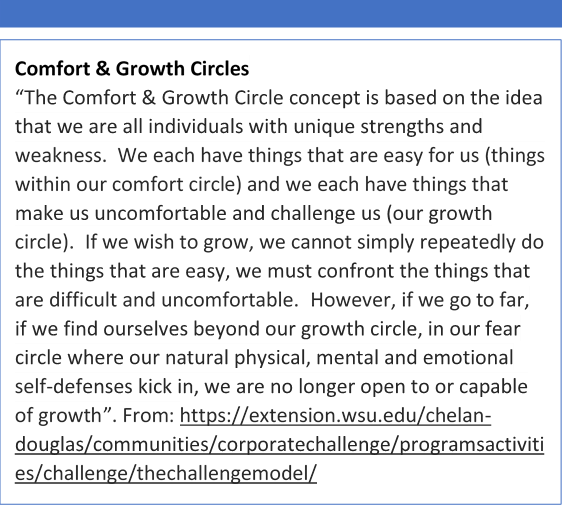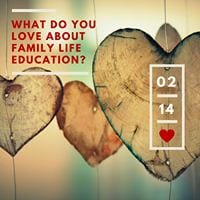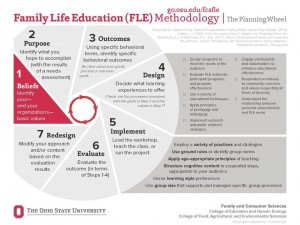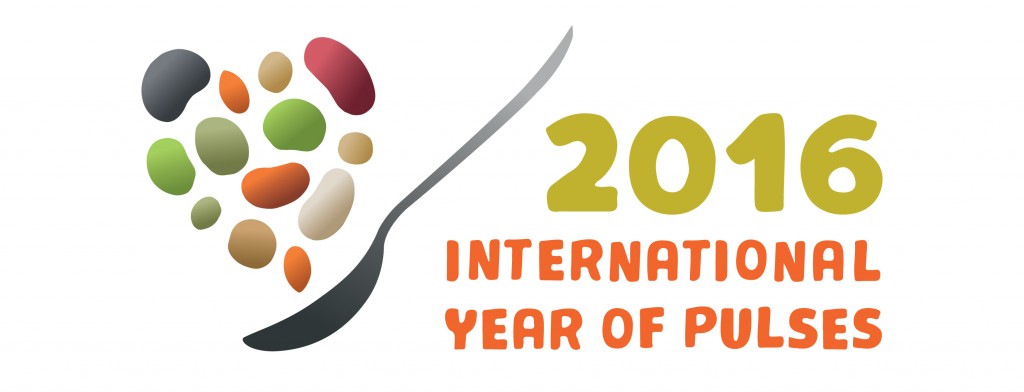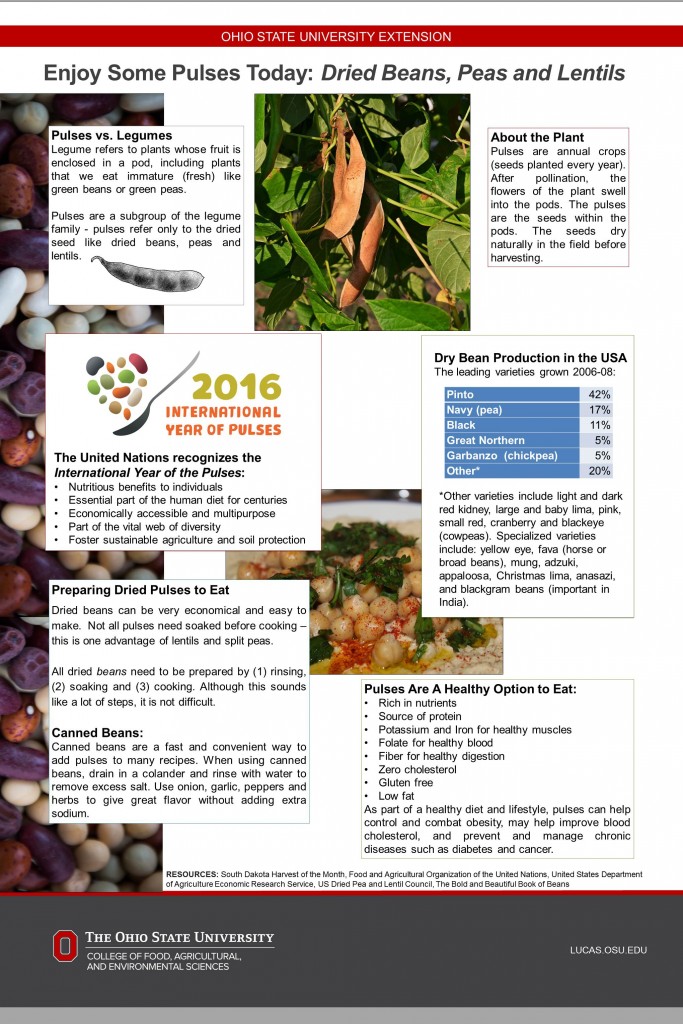 Virtual Handout on Compassion Fatigue and Compassion Satisfaction.
Virtual Handout on Compassion Fatigue and Compassion Satisfaction.
- Define burnout, compassion fatigue, and compassion satisfaction
- Review researched recommendations
- Practice a few short exercises
- Set a personal intention related to compassion satisfaction
Questions? Contact Patrice powers-barker.1@osu.edu
Resources:
- Copy of Powerpoint Presentation on Compassion Fatigue and Compassion Satisfaction
- Focus on What you Can/Cannot Control poster from Brandy, The Counseling Teacher for educational purposes
- Live Healthy Live Well Blog: My Future Self
- Live Healthy Live Well Blog: What’s Wrong With Positivity?
- Live Smart Ohio Blog: Rose, Thorn, Bud
- Mindful Wellness, OSUE mindfulness program and curriculum
- Mayo Clinic Article: Job Burnout: How to Spot It and Take Action
- Although this Compassion Fatigue Factsheet is for Disaster Responders, it gives a good overview for all
- A Caregiver’s Bill of Rights (geared toward the informal or family/friend caregiver)
References (including previous resources listed above):
Bergstrom, C. (2017) Three senses mindfulness activity for kids, teens, and grown ups. Blissful Kids. https://blissfulkids.com/three-senses-mindfulness-activity-kids-teens-grown-ups/
Compassion Fatigue Awareness Project. (2021). https://compassionfatigue.org/index.html
Coping with COVID: Lesson Plans to Promote Mental, Emotional and Social Health (MESH). (2020). Ohio State University. 4-H Healthy Living Design Team. https://ohio4h.org/books-and-resources/design-team-curriculum/coping-covid-lesson-plans-promote-mental-emotional-and
Coyne LW, Gould ER, Grimaldi M, Wilson KG, Baffuto G, Biglan A. (2020) First Things First: Parent Psychological Flexibility and Self-Compassion During COVID19
Golden, A. (2021). Supporting Yourself in Uncertain Times Webinar. Bright Horizons. https://event.on24.com/wcc/r/3408866/3063A19E2F4E5AF1A809639C1DC076F7
Kent, C. (2016). 10 ways to survive what you can’t control: As more stresses originate beyond our reach, being a physician is more challenging than ever. Review of Ophthalmology. https://www.reviewofophthalmology.com/article/10-ways-to-survive-what-you-cant-control
Kraynak, A. (2020). Compassion fatigue in the time of COVID. Network, 33(4), p4-5.
Kumar, A., Killingsworth, M., and Gilovich, T. (2014, August 21). Waiting for merlot: Anticipatory consumption of experiential and material purchases. Psychological Science.
Manage stress: Strengthen your support network. (2019) American Psychological Association. https://www.apa.org/topics/stress/manage-social-support
Marrison, E. (2019). My future self. Live Healthy Live Well. Ohio State University. https://livehealthyosu.com/2019/12/12/my-future-self/
Mayo Clinic Staff. (n.d.) Job burnout: How to spot it and take action https://www.mayoclinic.org/healthy-lifestyle/adult-health/in-depth/burnout/art-20046642
Neupert, S. (2020). Knowledge is power: learning more about COVID-19 can reduce your pandemic stress. North Carolina State University.
Polk, M.G., Smith, E.L., Zhang, L.-R., & Neupert, S.D. (2020). Thinking ahead and staying in the present: Implications for reactivity to daily stressors. Personality and Individual Differences.
Powers-Barker, P., Carter, S., Worthington, T. (2019). Mindful Wellness. Ohio State University. https://extensionpubs.osu.edu/mindful-wellness/
Powers-Barker, P. (2021). What’s wrong with positivity. Live Healthy Live Well Blog. Ohio State University. https://livehealthyosu.com/2021/04/08/whats-wrong-with-positivity/
The Importance of Having a Support System. (2020). Mental Health First Aid, News, Self-Care. https://www.mentalhealthfirstaid.org/2020/08/the-importance-of-having-a-support-system/
Tips for Disaster Responders: Understanding Compassion Fatigue. (2014). Substance Abuse and Mental Health Services Administration (SAMHSA). HHS Publication No. SMA-14-4869. https://store.samhsa.gov/sites/default/files/d7/priv/sma14-4869.pdf
The November 5, 2021 Zoom session for OSU Extension colleagues also shared the following:
- Slides Compassion OSUE staff
- Extensions Professional’s Creed. https://extension.osu.edu/about/mission-vision-values/extension-professionals-creed
- OSU Employee Assistance Program: https://osuhealthplan.com/programs-and-services/eap
- Three Things Mindfulness Activity
- Shared Future Vision Worksheet
- Coping with COVID: Lesson Plans to Promote Mental, Emotional, and Social Health (MESH) – Ohio 4-H Healthy Living Design Team (2020)










